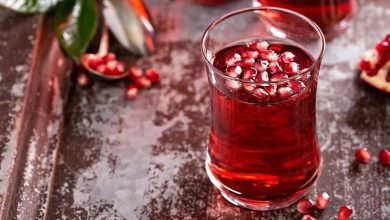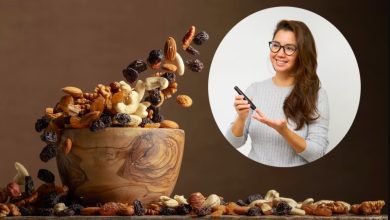Know 6 Vegetables Rich In Iron
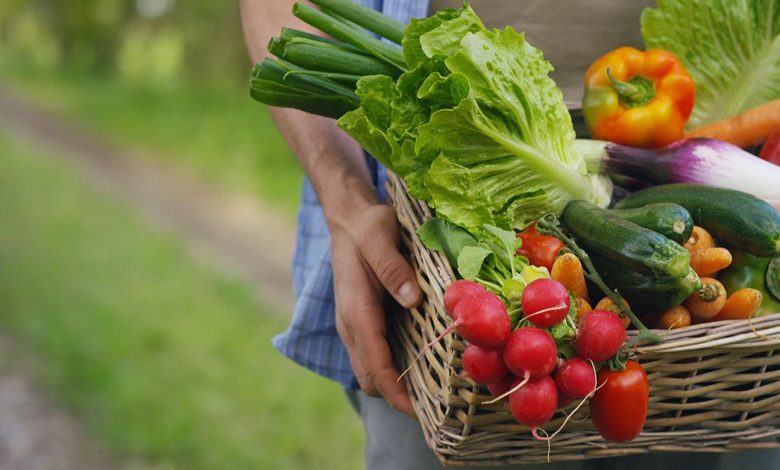
Vegetables Rich In Iron: Iron is an essential nutrient that plays an important role in many body functions.
An iron-deficient diet can lead to lack of energy, shortness of breath, headaches, irritability, dizziness, or anemia. Iron can be found in two forms in foods: both in vegetables and in animal foods.
Vegetables Rich In Iron, Iron is an essential nutrient that plays an important role in many body functions. An iron-deficient diet can lead to lack of energy, shortness of breath, headaches, irritability, dizziness, or anemia. Iron can be found in two forms in foods: both in vegetables and in animal foods.
One of the problems of vegetarians is that they don’t know how to supply their body with iron. Many people think that they have to get help from meat to supply their body with iron, but it seems that supplying iron through vegetables is also possible:
Vegetables Rich In Iron: What Foods Should I Eat To Treat Anemia?
1. Beans
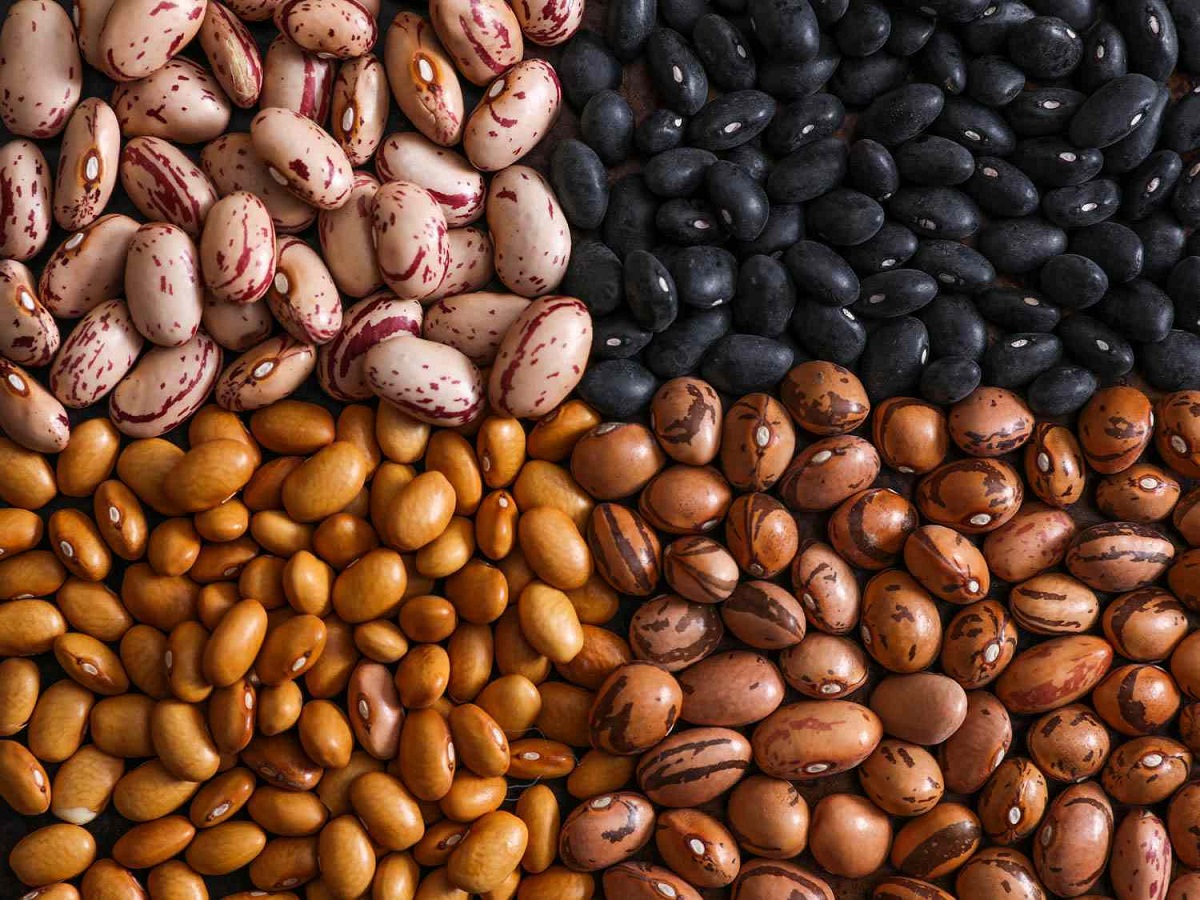
Vegetables Rich In Iron, Legumes, including beans, peas and lentils, are excellent sources of iron. Beans are rich in fiber, protein and iron, and as a result, they are very beneficial for the health of the body. Lentils contain significant amounts of protein, complex carbohydrates, fiber, folate and manganese. One cup of cooked lentils contains 18 grams of protein and covers about 50% of your daily fiber recommendations.
2. Nuts
Vegetables Rich In Iron, Nuts are known as a plant source rich in iron. People who want to increase the daily rate of iron consumption can solve this problem by consuming nuts.
3. Pumpkin, Sesame, Hemp And Flaxseeds
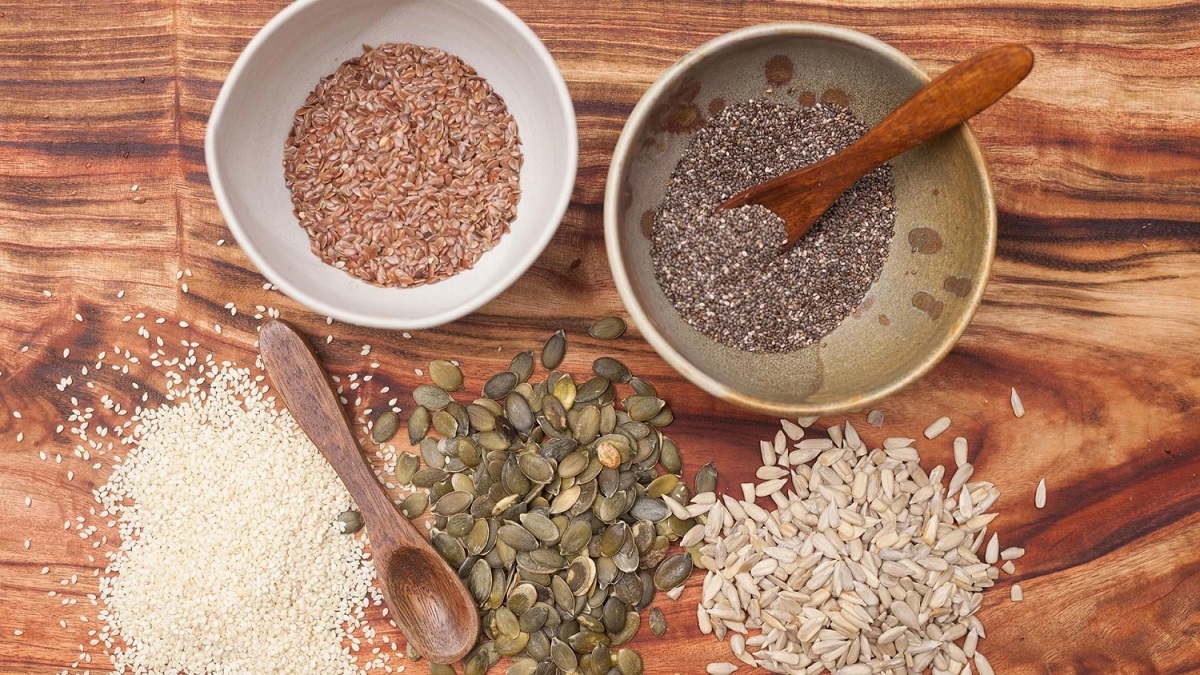
Vegetables Rich In Iron, Pumpkin, sesame, hemp, and flaxseeds are iron-rich seeds that contain about 2.4 to 2 milligrams per tablespoon. Seeds contain adequate amounts of vegetable protein, fiber, calcium, magnesium, zinc, selenium, antioxidants and other beneficial plant compounds. They are also a good source of omega-3 and omega-6 fatty acids.
4. Broad Leaf Vegetables
Vegetables Rich In Iron, Leafy greens, such as spinach, kale, and beets, contain between 2.5 and 4.4 milligrams of iron per cooked cup. For example, 100 grams of spinach contains 1.1 times more iron than the same amount of red meat and 2.2 times more iron than 100 grams of salmon (26, 27). Other iron-rich vegetables that fall into this category include broccoli and Brussels sprouts, which contain between 1 and 1.8 milligrams of iron per cooked cup.
5. Tomato
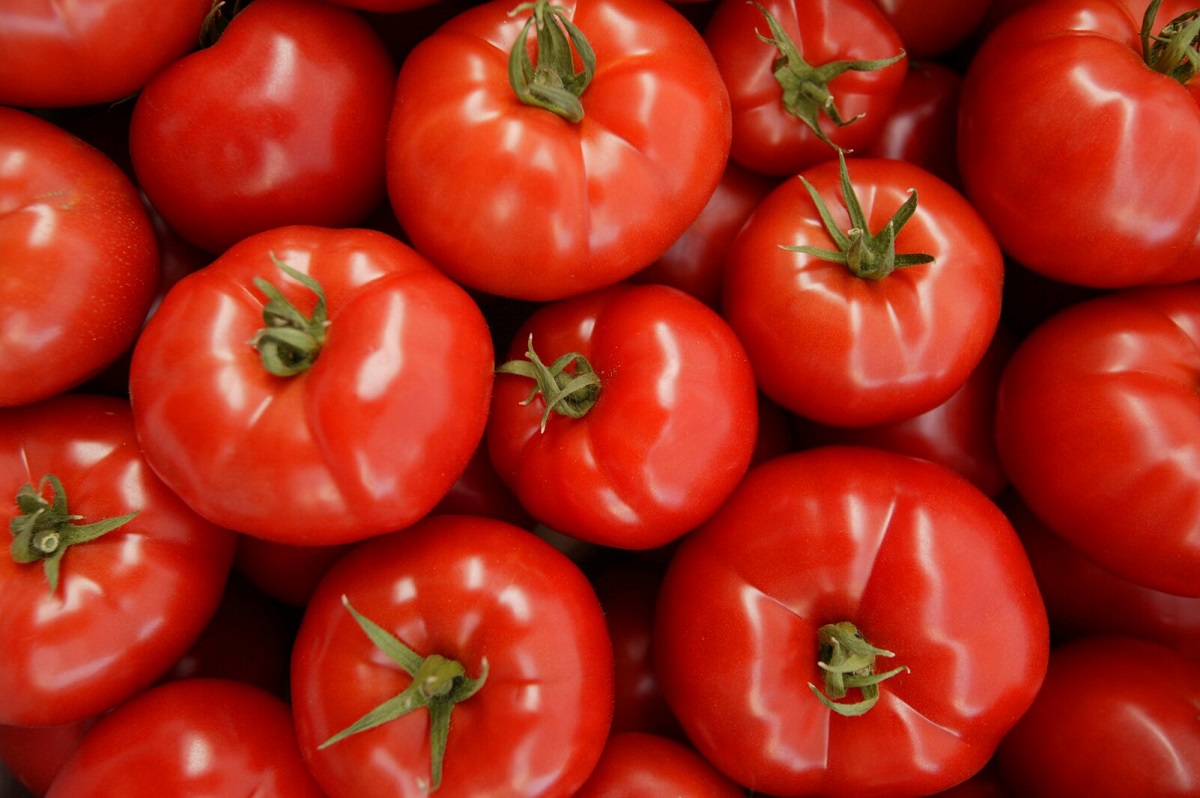
Vegetables Rich In Iron, Raw tomatoes contain very little iron. But, when dried or concentrated, it provides much more iron. Sun-dried tomatoes are another rich source of iron, providing 1.3 to 5.5 milligrams per half cup, or up to 14 percent of iron.
6. Dry Thyme
Vegetables Rich In Iron, Dry thyme is one of the most popular herbs in cooking. Research shows that dried thyme has numerous health benefits, including fighting bacterial infections and bronchitis. In addition, thyme is one of the plants that contains the highest amount of iron. Sprinkling a small amount of thyme on each meal is a good strategy for those looking to increase their iron intake.
Also Read:
Healthful Vegetables: The 10 Healthful Vegetables That Everyone Should Eat
The 8 Best Fall Fruits And Vegetables Are Healthy For Your Heart, According To Dietitians
Healthy Heart recipe: The 7 Top Fruits And Vegetables For Having Healthy Heart


